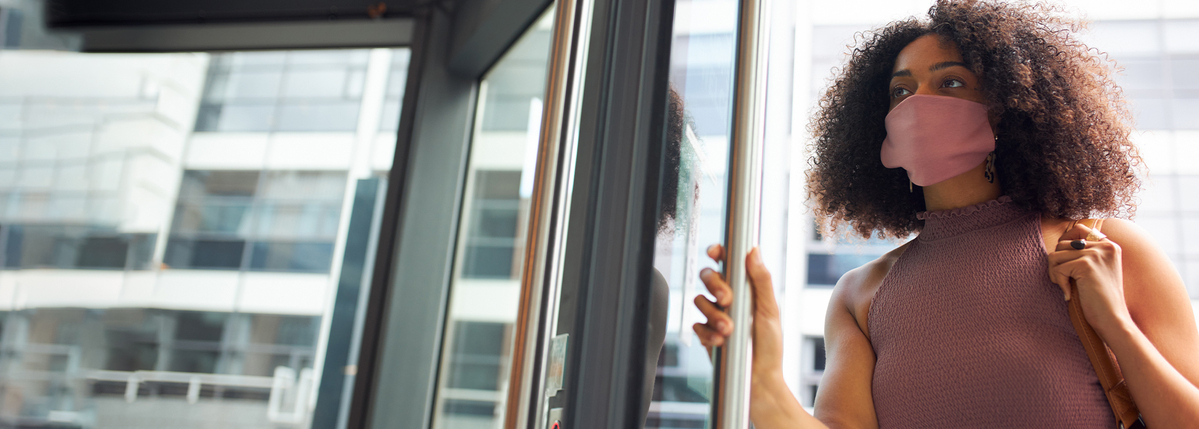IndyCar Driver Charlie Kimball Talks COVID-19 + Racing with T1D
Written by: Todd Boudreaux
5 minute read
April 23, 2020
Charlie Kimball is a racecar driver who lives with type 1 diabetes. He is currently set to compete in what will be his tenth year in the IndyCar Series, driving the number four Novo Nordisk car and attempting to qualify for his 10th Indianapolis 500. He recently spoke to Beyond Type 1 about his love of racing and goals for this season, especially in light of what’s going on in the world right now as a result of the COVID-19 pandemic. Watch the full interview below!
[bt1-youtube id=”KXGo7hAtv-I” type=”inline” image=””]
Partial interview below, edited for content and clarity
Beyond Type 1: Charlie, can you tell us a bit about yourself?
Charlie: I was diagnosed with type 1 diabetes in 2007 at the age of 22 while I was racing in Europe. After working with my healthcare team, including Dr. Anne Peters at USC Medical, I got back in the race car, and haven’t let it slow me down, bad puns and all.
When is IndyCar season exactly? How has COVID-19 affected your racing season?
Our IndyCar season runs very similar to baseball, it starts in middle of March and typically finishes middle of September. In fact, I had headed down to St Pete, Florida for the first race of the season. While we were there, it was that crazy week where the NBA suspended, the NHL suspended, golf tournaments got canceled or postponed, NASCAR events were starting to plan to run without fans and then got postponed. From when I got to the racetrack Thursday morning, there was a press conference saying it’s going ahead. That afternoon, they said we’re limiting it to essential personnel and no fans. Then on Friday morning, they made the decision to postpone or cancel the race.
So from being there, being all set up, getting amped for the first race of the season, to getting on a plane, coming home and rejoining my family and staying home for the last four, six weeks since. It was kind of a whirlwind 48 hours there, coming off a whirlwind 48 hours, because I had just left the hospital. My wife and I welcomed our second child just a day before I left to go to the first race. So with that kind of whirlwind going on, and the introduction to this new normal of stay at home, it was pretty busy for sure for those few days.
Can you talk a bit about what life at home has been like for you the past six weeks?
It’s been really busy here at the house. My wife and I have two kids both under the age of 18 months, a daughter who’s an 18-month-old toddler, and then our son who’s now six weeks. It’s been really busy. We’ve been trying to manage keeping our toddler entertained, and keeping our son healthy, keeping ourselves healthy, managing my blood sugars, trying to schedule in time in the office, but also workouts, managing my blood sugars through getting some activity.
When the weather’s good here in Indianapolis where I live, getting outside for walks or exercise, working out in the garage with my trainers and online. But also making good nutritional choices. I think that’s a big part of it, for me at least, is it helps me manage my diabetes if I can make the right nutritional choices, get a little exercise in, and chase my toddler around the house as much as I can.
Have you noticed any changes to your blood sugars or any trends?
For me, I’ve noticed a little bit of both. I’ve noticed that my blood sugars have been better and more stable, because I’ve had better nutrition eating at home. If I was going back and forth to the racetrack, and spending that time eating out on the road, it’s a little harder to manage and a little harder to predict. But eating well at home, it’s been a little easier to manage. But then the stress of managing staying at home and not being at the racetrack, not doing what I love, has made it a little harder. So it’s a little of column A, a little of column B for me.
But I know that with the stress and the anxiety, a lot of people are struggling. I have good days. I have bad days. I think having that support system has been really important to me, and having those resources to reach out to, whether that’s my wife, to let her know I’m struggling, or she let me know she’s struggling.
Or it might be online resources. I know your website’s got a lot of great resources. My partners in Novo Nordisk, their NovoCare website is a great opportunity for people to get some help, if it’s getting help with the cost, affording medications, if it’s help with other places that they’re able to get some support. I think that having that support system’s really important.
How are you currently managing your diabetes?
As the son of an engineer, I’m a very data-driven person. Especially in racing, I’m all about the data, all about the engineering aspect. So even in my, and especially in my diabetes management, I’m very data-driven as well. I use a NovoPen Echo, so I am still on multiple daily injections. I use Tresiba for my long-acting insulin. I use Fiasp for my mealtime fast-acting insulin and a NovoPen Echo, so I can keep track of those doses. I pair that with the data that I get from my continuous glucose monitor (CGM).
Typically, in the race car, when I’m at the race track, that CGM plugs into the car’s data system, so my blood sugars are part of the data that the race car produces. It’s making sure my car’s running right, making sure my body’s running right as well. Here at home, it looks a little different. It’s connected to my phone and my watch. I upload it to Dr. Peters through the online resources and online tools. But I’m able to use that data in my management to try and stay on track and keep those windows as close as I can.
How did you start that process after you were diagnosed? How did you come to start viewing your CGM data on your dashboard?
Well, originally it started with the high tech science of velcro. I velcroed my display to my steering wheel. But it evolved from there. To be able to get it into the data system took a lot of work from the engineers within the race car who understand how the data electronics work within the race car systems.
Now that it’s on my wheel, it means that we can log it, and I can do some analysis on the backside. I work with an exercise physiologist not only on my physical training, and he works closely with my trainer in my gym, PitFit Training here in Indianapolis, but also works with Dr. Peters on how to manage my blood sugars to be more effective within the race car. We can look at analysis of blood sugars and performance.
The regression analysis we’ve seen is that, over the last few years, my diabetes hasn’t impacted my results any more than the weather or pit stops. Things like that have had a bigger impact, which to me is fantastic as far as leveling the playing field.
Do you think you’re going to be racing again this season?
It’s hard because I miss being at the race track. I miss representing the diabetes community on the race track. I miss inspiring that group of people. Through the Race With Insulin program with Novo Nordisk, we’ve been able to reach thousands of people to encourage them to try and chase their passion. If it’s an athletic endeavor, running their first 5K or half marathon or full marathon or ultra marathon or whatever that is. Being at the racetrack, for me, lends so much to what I do as somebody with diabetes and as an athlete.
I think it’s going to take a couple of months, but I think them rescheduling the Indy 500 to August, which is unprecedented, gives us the best opportunity to put on the greatest spectacle in racing, and still run the Indianapolis 500 in 2020. I’d love to be at the race track tomorrow, but I think that it’s important that everyone does what we can. We’re all in this together to shorten this timeframe where we’re stuck at home.
Do you have any advice for people with diabetes who might be stuck at home watching this right now?
Well, I think the best piece of advice that I have to offer is we’re all in this together. Even I, we have good days. We have days when we struggle a little more. There are resources out there. Beyond Type 1 is a great organization for those resources. I think Novo Nordisk and the NovoCare website is a great opportunity as well.
If people want to follow me on Twitter, I’m @CharlieKimball. My website is charliekimball.com as well. They can keep up to speed with me when we get back to the race track and get racing again.
Check out another helpful piece in the midst of COVID-19: Stress, Social Media + Staying Sane.

Author
Todd Boudreaux
Todd was diagnosed with type 1 diabetes in 2000, and has been unofficially advocating for type 1 diabetes (T1D) ever since. Before joining the team at Beyond Type 1, Todd wrote and produced television shows for Discovery Channel, Travel Channel and Animal Planet. When he’s not in the office, you can usually find him at a baseball game, traveling, or drawing on his Etch A Sketch. You can also follow him on instagram @toddboo.
Related Resources

Editor’s Note: We have a simple goal: tap into the power of the global diabetes...
Read more

Editor’s Note: We have a simple goal: tap into the power of the global diabetes...
Read more

Editor's Note: A version of this article first appeared at BenaroyaResearch.org from Benaroya Research Institute at...
Read more

